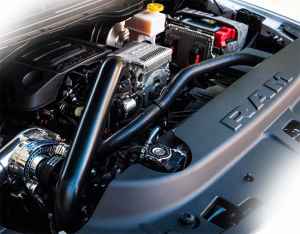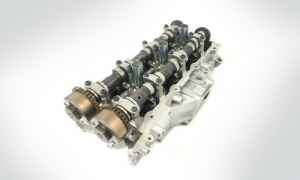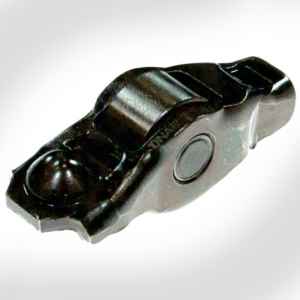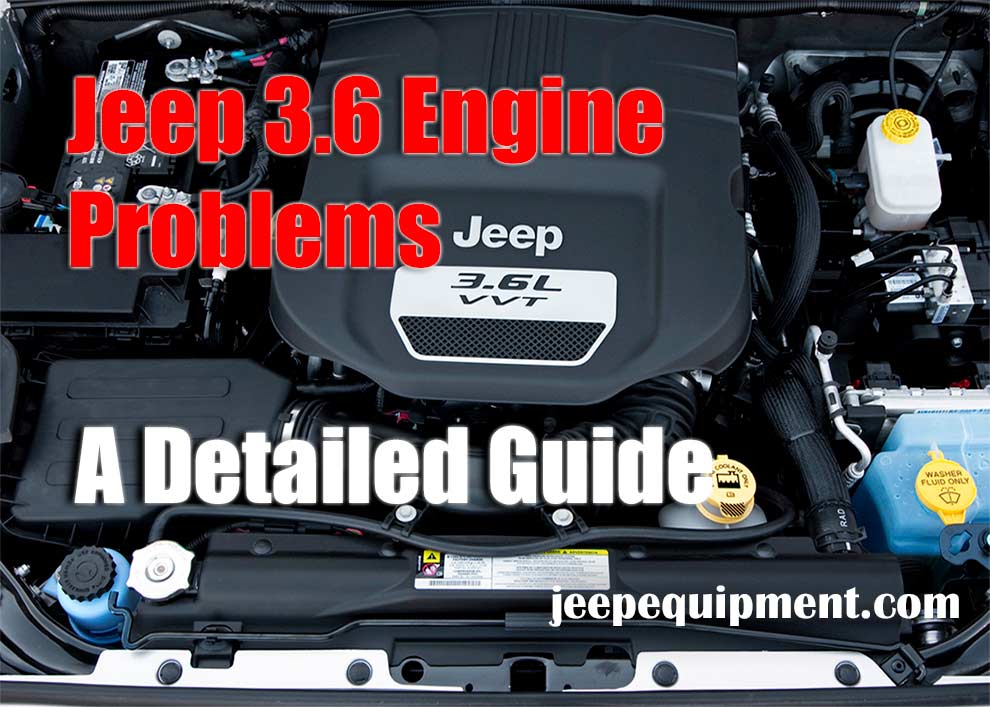The 3.6L Pentastar V6 engine is a cornerstone of Chrysler’s engine lineup and has become synonymous with reliability and versatility in various Jeep vehicles, including the renowned Jeep Wrangler Unlimited. Since its introduction in 2011, the Pentastar engine has gained popularity for its balance of power and efficiency. However, it’s important for potential users and owners to understand its common issues, such as cylinder head failures and oil pressure inconsistencies, to ensure the longevity and optimal performance of their vehicles.
Built by Chrysler, the Pentastar is one of the finest engines for any modern-day truck or SUV. Specifically designed with big, strong, and demanding vehicles in mind, it’s a perfect match for the Dodge and Jeep champs. This is a relatively new motor: it was introduced in 2011 and instantly became a top-five unit. The Wrangler and Cherokee owners are calling it the Jeep 3.6 motor.
Now, while it is, indeed, a safe bet for most drivers, there are still some issues that we need to discuss. The cooling system, oil pump, and cylinders are some of the most frustrating Jeep 3.6 engine problems. In this guide, we’ll talk about all the known troubles in more detail and see what we can do to fix them. Let’s dive in!
Most Frequent Pentastar 3.6-lit Motor Issues

On an off-roader like the Wrangler or a race-track beast like the Challenger, it will require more maintenance. So, with that said, what are the biggest Pentastar engine problems? I’ve got a list right here!
Faulty Cylinder Heads

In 2013-2014, Chrysler’s engineers patched this up. They replaced the weak valves and seats with premium-quality alternatives. Plus, the company extended the warranty on the motor. So now you can request a replacement even if you’ve been driving around for 150K miles/10 years! You could, of course, just order a new set of valves + seats. However, that will cost you big bucks (1000/1500 US dollars). Also read about the best Jeep 4.0 header if you’re looking to improve your engine’s efficiency and performance. Upgrading to a high-quality header can further enhance the air intake and exhaust flow, which is especially beneficial if you’ve had issues with your cylinder heads.
A Malfunctioning Cooling System

To fix this, you can flush the factory coolant and replace it with a new solution. That will be well worth the investment. Again, the symptoms include the “Check Engine” light, plus leaking coolant and an overheating motor. If you’re super unlucky, the sand may end up damaging multiple parts in the engine pay, forcing you to pay a lot of money to fix that.
Bad Oil Pumps
Malfunctioning oil pumps lead to inconsistent oil flow and bad engine performance. In most cases, the ECU handles this issue without the driver even knowing it. And if it fails, you’ll most likely get a warning sign on the dashboard. So, keep your eyes on it and watch out for any “pop-ups”. New oil pumps cost $100-150; mechanics charge $80-120 for the labor, depending on how many pumps they have to replace.
Trouble with the Rocker Arms

Now, I wouldn’t recommend replacing the arms manually unless you’re a pro mechanic. This requires a lot of skills and proper tools. Auto shops will charge you 1K+ US dollars for the job. And no, the warranty doesn’t cover rocker arms, meaning Chrysler won’t fix this for you for free.
How Reliable Is the 3.6-lit Jeep Engine?
Pentastar was built to last for at least 200K miles – officially. For most drivers, that means it will go on for 15+ years before (potentially) breaking down. It will run for a lot longer if you perform regular maintenance checks, though – up to 300-350K miles. On the other hand, as we just learned, it does have some issues. The good news is, fixing/replacing most faulty parts won’t cost you a pretty penny (except for the cylinder heads).
So, overall, you’ll be impressed by the 3.6l Pentastar reliability. Right now, there are millions of Jeep owners that have been driving around with this motor for 10+ years, and it’s still going strong. It all comes down to how often you change the coolant, brake fluid, transmission fluid, and engine oil. So, perform frequent checks and don’t postpone regular visits to a mechanic/auto shop to keep the motor in shape!
Conclusion
In conclusion, the 3.6L Pentastar V6 engine has proven itself as a robust and reliable engine option for Jeep enthusiasts and drivers of other Chrysler vehicles. While it has its set of known issues, such as the common issue of cylinder head failure and oil pump malfunctions, the engine’s design and Chrysler’s commitment to improving the engine block and internal engine components have addressed many initial concerns. With proper maintenance and understanding of Pentastar common problems and tools needed for repair, the 3.6L engine can be a durable powertrain for Jeep Wrangler Unlimited and other models, often surpassing the 200,000-mile mark with regular care.
FAQ
1. What are some Pentastar common problems?
The 3.6L Pentastar engine has had issues with cylinder head failures, specifically with the valve seats on cylinder two, leading to a drop in oil pressure and potential engine damage. Additionally, the cooling system and oil pumps have been sources of concern, with sand residue and inconsistent oil flow being the primary culprits.
2. How long do Pentastar engines last?
Pentastar engines were produced with durability in mind, often lasting 200,000 miles or more. With meticulous maintenance, some owners have reported longevity of up to 300-350K miles.
3. Are there any specific tools needed to work on the Pentastar 3.6?
Working on the Pentastar 3.6L requires a range of standard mechanic tools. However, for specific issues like cylinder head valve replacements or rocker arm repairs, specialized tools may be necessary.
4. How has Chrysler addressed the Pentastar’s common problems?
Chrysler has taken steps to rectify the Pentastar common problems by improving the engine components, such as upgrading the valve seats on cylinder heads and extending warranties for certain engine parts to cover potential engine damage.
5. What is the significance of the 3.6l Pentastar V6 in Jeep vehicles?
The 3.6L Pentastar V6 is a significant engine used in a wide range of Jeep vehicles due to its combination of power, efficiency, and adaptability, making it an optimal choice for both daily driving and demanding off-road conditions.

Add Comment